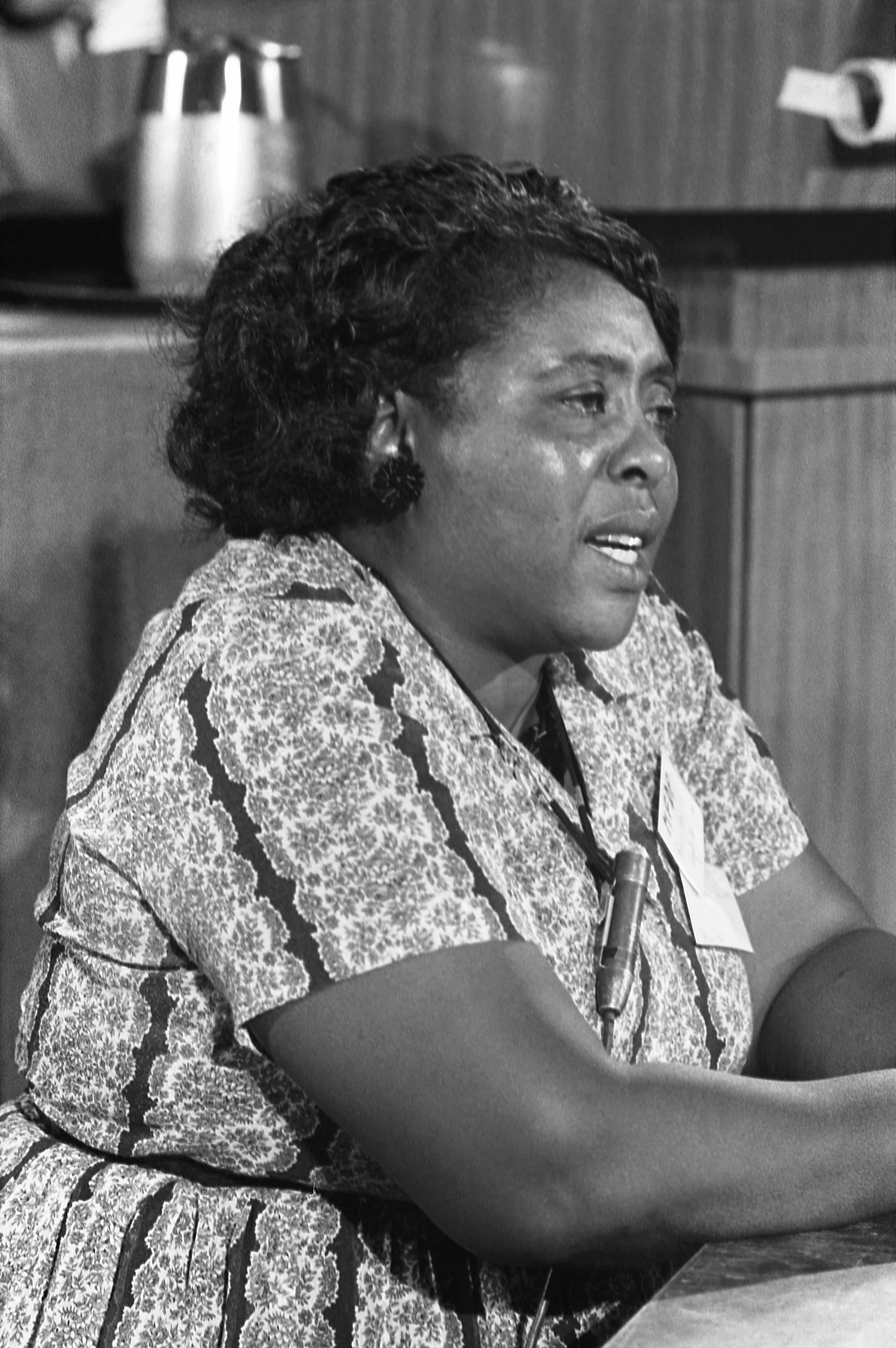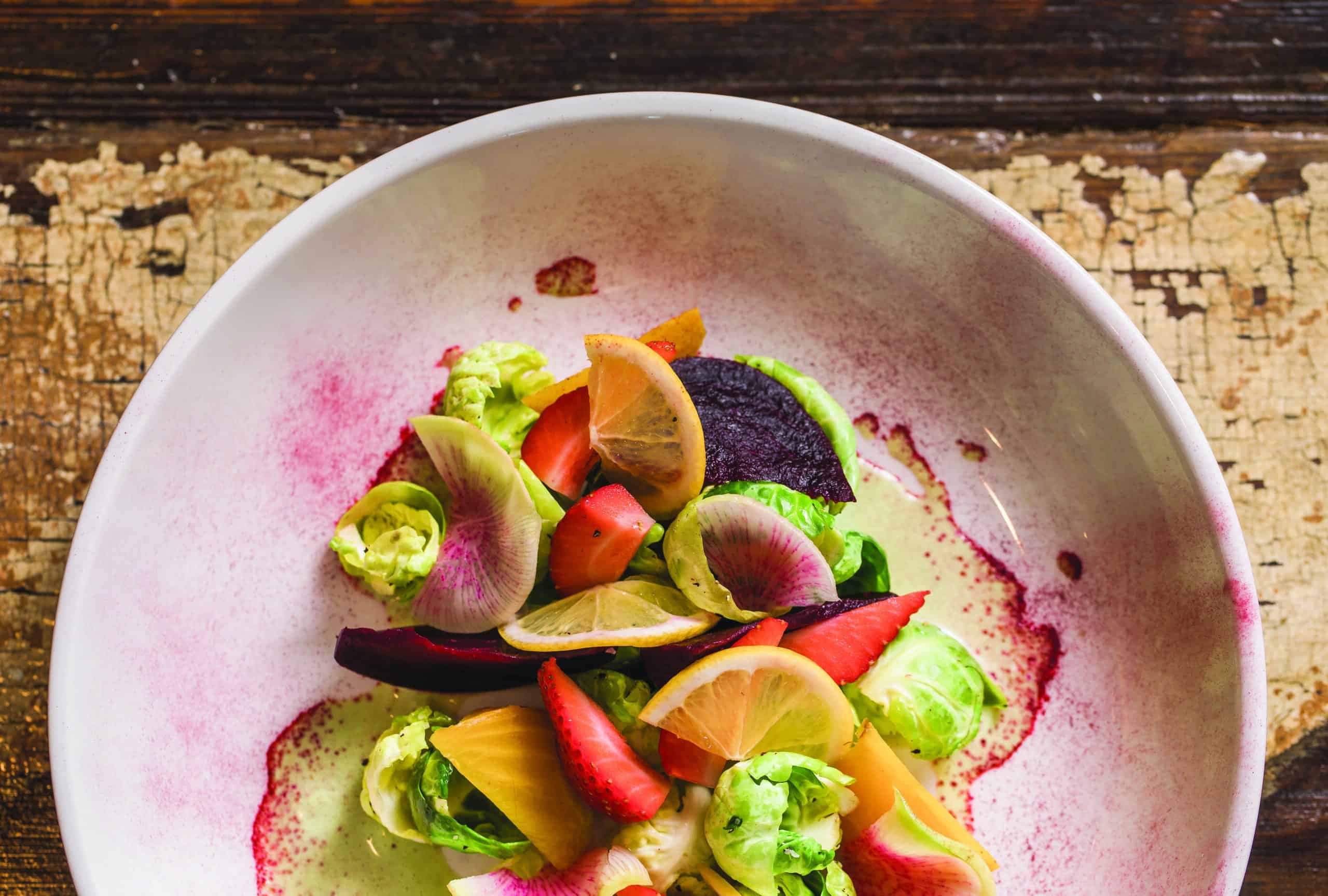
The Characters of 'The Polikker Papers'
Focusing on early moments in the first half of "The Potlikker Papers: A Food History of the Modern South,” John T. Edge shares why he selected each character to tell his latest collection of stories. Read his take, originally published by the Southern Foodways Alliance in the Spring 2017 issue of “Gravy,” prefaced by excerpts from the book.1950’s | Kitchen Tables
Georgia Gilmore, cook and midwife
Montgomery, Alabama
“Georgia Gilmore inspired black citizens of Montgomery. And she worried whites, who clung to the idea that, through daily intimate exchange, black cooks and maids became members of their family. Domestics worked for love, whites came to understand, but that love was for their own black families.”
I was traveling in Alabama, looking for stories, trying to develop a proposal for what became, fifteen years later, The Potlikker Papers. At the time, I wanted to write a book about the impact of race and racism on Southern food culture. On a visit to the Southern Poverty Law Center in Montgomery, Penny Weaver suggested that if I wanted to write about the civil rights movement and food, Georgia Gilmore was the person to talk about.
This was electrifying. Here was a woman, a cook, who lived the ideals of the movement. She took an explicit and active role. She wasn’t ancillary. She didn’t “support” the movement. She drove the movement. Beginning in December of 1955, she baked and sold cakes and pies, chicken sandwiches, and pork chop plates, raising money that funded the alternate transportation system, so that the black citizens of Montgomery could travel back and forth to work while boycotting the city bus system.
During the 1960s, after she began a house restaurant, Gilmore convened the architects of the civil rights movement in her kitchen. In all of my time researching and writing about Southern food, her story may be the most compelling. To honor Gilmore, I wrote about her for the Oxford American in 2000, shared her story with the Kitchen Sisters who produced an NPR documentary, and returned to her story for The Potlikker Papers.
Digging back into my old reporter notebooks, while writing this book, I discovered that I had compiled a wealth of material that never made it into that magazine article. I had taken detailed notes on the interior of Gilmore’s house when I toured it with her sister. I had a transcript from my interview with her son. I also tapped transcripts of interviews done by the Kitchen Sisters when they traveled to Montgomery. I leveraged, too, interviews with maids and cooks undertaken by Fisk University during that moment. Utilizing sources old and new, I was able to bring her story into greater relief. During the research and writing, I fell in love all over again with Georgia Gilmore, with her character, her grit, her sass, and her joyful revolutionary manner.

1960’s | Poor Power
Fannie Lou Hamer, Civil Rights Activist
Sunflower County Mississippi
“At a time when many left the Delta for manufacturing and service jobs in cities, when few could feed themselves from what they grew, Hamer struggled to persuade blacks to stay and farm. For black Southerners, those linkages to the land were tangled. By the late 1960s, freedom meant release from the demands of agriculture. It meant measuring work by the punch of the time clock, not the weight of a bale.”
This chapter makes explicit Martin Luther King Jr.’s late career pronouncement that, after the civil rights movement focused American attention on equal access to public spaces (which yielded the Civil Rights Act of 1964), and unencumbered access to ballot boxes (enforced by the Voting Rights Act of 1965), a more arduous struggle followed.
To achieve true freedom, black citizens focused next on jobs and wealth creation and food access. The story of Fannie Lou Hamer, a daughter of the Mississippi Delta, brings that struggle to life.
Readers might know her as the founder of the Mississippi Freedom Democratic Party. She stood up to confront the white-controlled Democratic party of Mississippi, declaring them illegitimate. Like King, she pivoted later in life to focus on food access.
Across the the nation, activists in their twenties are now agitating for food sovereignty, working to democratize food access.
In the story of Fannie Lou Hamer’s Freedom Farm, and Pig Bank, we recognize that those contemporary narratives have deep roots in the Mississippi Delta. Over the last three years, I’ve probably gotten six calls from well-meaning graduate students and foundation fellows who want to do transformative work in the Mississippi Delta. They aim to do urban farming work and help often-marginalized citizens grow their own food.
When I ask if they have heard of Fannie Lou Hamer’s pioneering food sovereignty work, few have. Few recognize that the model for their own modern-day activism can be found in the life and work of Hamer.
1970’s | Landed Hippies
Stephen Gaskin, agricultural activist
The Farm – Summertown, Tennessee
“For a band of hippies, determined to apprehend their roots and return to the land, the South appeared a place both raw and pure, a fountainhead of primal American culture. Hippies in search of honest American expression studied the South. Knowledge of the region served as a counter-currency.”
Writing this book, I fell in love with the 1970s. Americans have a tendency to dismiss the seventies as a vacuous decade, defined by pet rocks and drivel disco. I was inspired by the idealism of Stephen Gaskin, a Marine veteran and psychedelically inclined religious teacher, who quit the Haight-Ashbury of 1960s San Francisco to found a Tennessee agricultural commune called The Farm. At that time, many South-erners had quit the agricultural life. Farm life, for both working class whites and blacks, had been recently and narrowly defined by sharecropping. Both wanted to escape. Gaskin and his followers led a return to the land, a kind of Southern counterrevolution to reclaim an agricultural life.
These young, hippie idealists idealized Mother Earth. They saw promise in the rural precincts. They took their cues from an earlier generation of Southerners. Many know the story of Foxfire educational initiative, which gained traction in Georgia in the 1970s, where high school students took to the woods to interview their elders. The hippies of the Haight were similarly motivated. In an effort to restart the farming economy, they applied the same curiosity that the Foxfire kids leveraged. They said, “We see value in the traditional means and methods; tell us how you do it, we want to learn from you.”
That respect across generations is not always showcased. Yes, marijuana usage was part of the ethic at The Farm. Sure, members of The Farm engaged, at first, in four-person and six-person marriages. Yet, in many ways these hippies were as respectful of the Southern farming lifestyle as were the elders from whom they learned. These long hairs were new and complicated and purposeful Southerners. At a time when many were giving up on the South, when many were quitting the rural life, they chose the South. They claimed the South. Throughout the book, I aimed to highlight Southerners like the good folk who worked The Farm, people who confound and complicate stereotypes.
1970s | Faster Food
Colonel Sanders, commodifier of traditional foods
Corbin, Kentucky
“Southerners recognized new value in unheralded traditions and practices. So did the rest of the nation… Southern foods, from fried chicken to biscuits, became American foods, whether they were prepared by an apron-clad grandmother with a cirrus of gray hair or a corporate employee dressed in a polyester uniform with her name stitched across the breast.”
I grew up eating country-fried steak biscuits and sausage biscuits from Hardee’s. As I dug into the story of Hardee’s, Kentucky Fried Chicken, and Popeye’s—American fast food companies with origins in the South—I recognized that we too often frame fast food as a horror that’s been visited upon the region, delivered to our door-steps by outsiders.
But if you look closely at the origins of those national chains, you recognize that, with burgers as the most glaring exception, American fast food has been built on Southern ingredients, repackaged and commodified for contemporary drive-through culture.
Colonel Sanders, the founder and eventual mascot of the KFC brand, was a self-aware architect of modernity. And a peddler of Southern nostalgia, who helped redefine how Americans ate. He codified fried chicken as a Southern dish for twentieth century America. To sell that chicken to potential franchisees, he dressed in a white suit and a string tie, and played the part of a moonlight-and-magnolias colonel, fresh from the veranda. That conceit sold buckets.
Fast food is a reflection of the region. The arrival of mass- produced fried chicken and biscuits signifies the end of the country store South, and the beginning of the strip mall South. After Sanders sold his company to investors, as his brand gained national traction, he grew increasingly irritable. In the 1970s, Sanders became nearly as famous for cussing as he was for frying. The crust on the birds his successors sold by the bucket, he said, tasted like a “damn fried doughball put on top of some chicken.” It was as if Sanders recognized his complicity in the reinvention of traditional Southern Foodways.

John T. Edge's latest book, "The Potlikker Papers: A Food History of the Modern South" will be released May 17.






